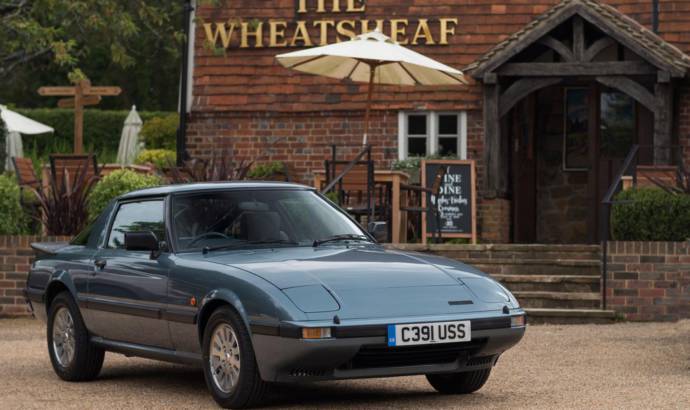There are not so many cars that reach the venerable age of 40, especially in this challenging auto industry. But in 1978, Mazda unveiled the RX-7, a car that played a vital role in establishing Mazda’s reputation for building celebrated driver’s cars. And it’s the car we celebrate today.
In the home market of Japan, Mazda revealed the ground-breaking RX-7. Its compact yet powerful rotary engine allowed the power unit to be mounted lower and further back resulting in a car that set new standards in road holding. The formula was a hit with customers and critics.
The original RX-7 ‘FB’ proved a huge success. More than 470,000 driving enthusiasts bought one, before the second generation ‘FC’ model was introduced with turbo power in 1985. The third generation ‘FD’ followed in 1992 until production of the iconic RX-7 ended in 2002.
In addition, the RX-7’s success in competition around the globe further cemented its position as a one of the world’s best sports cars. The RX-7 took overall victory in the 1981 Spa 24 hours, competed at Le Mans, took part in the awe-inspiring world of Group B rallying and claimed the 1980 and 1981 BTCC titles. In the USA, the RX-7 took an unmatched 100 wins in 12 years of IMSA competition and won the GTU class at the 1979 Daytona 24 hours.
To mark the 40th anniversary of the Mazda RX-7, Mazda brought together all three generations of the sports car in a film that documents the evolution of the most successful model to be powered by a rotary engine.
Total global production of the RX-7 reached 811,634, but this was a car that made an impression way beyond its sales numbers.



